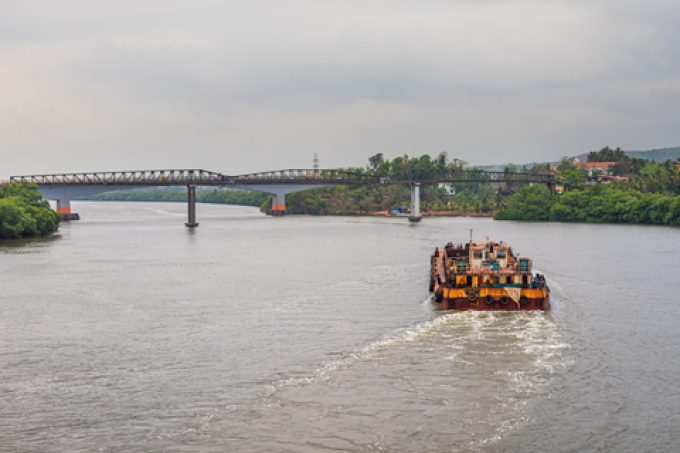CMA CGM set to roll out 'digital forwarding service' in northern India
CMA CGM is attempting to take a lead on paperless operations in India, as the ...

India is moving ahead with an ambitious programme to locally manufacture ocean containers at scale to cope with growing trade demand.
Delhi is also looking to boost its logistics capabilities by developing inland navigation, following a government-level consultation between policymakers in New Delhi on Monday.
“The Container Corporation ...
Keep our news independent, by supporting The Loadstar
Red Sea crisis has driven most new capacity into extended Asia-Europe trades
Explosions and 'out-of-control' fire reported on Wan Hai box ship
Carrier price hikes hold, driving spot rates higher as space gets scarcer
Crew forced to abandon ship in latest fire on vessel carrying EVs
The Loadstar Podcast | Transport Logistic and Air Cargo Europe 2025
Asia-West Africa ULCV deployment opens new markets for carriers
Turkish Airlines falls foul of air safety regulations, claims India's aviation authority

Comment on this article